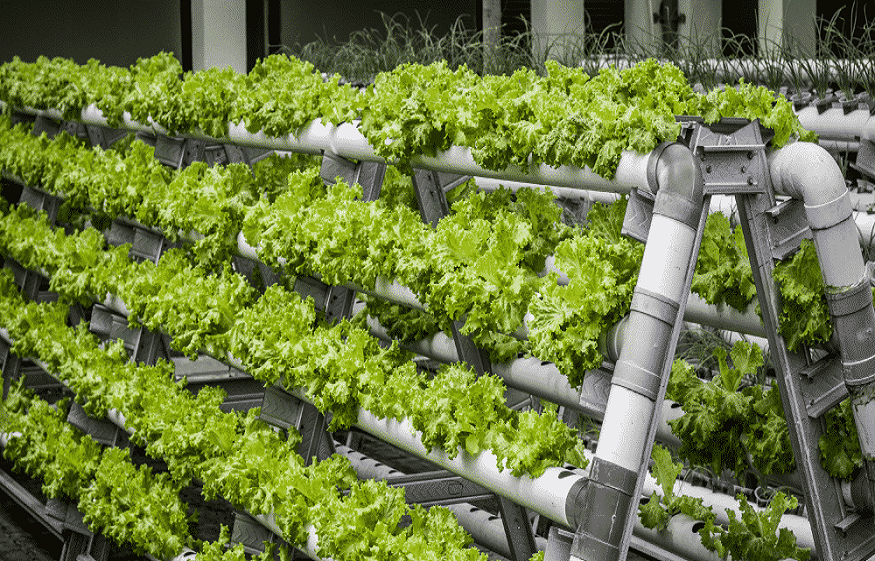By the time we reach 2050, the population of the world is estimated to grow to about 9.7 billion, and feeding all of those people would be a significant challenge. Because of industrial development and urbanization, we are losing a significant amount of land daily. In 2015, scientists claimed that our planter has lost a third of the arable lands over the last 40 years.
It is not certain how much we are going to lose in the next 40 years. Increasing demands for food because of the growing population with decreasing arable land will become the greatest challenge for us. There is a growing practice of vertical farming in India. Is it the future of agriculture, will it help in combating food shortage. Read the following to learn more.
What Is Vertical Farming?
Vertical farming is the term referred to food production on vertically inclined surfaces, rather than farming fruits and vegetables on a single level, such as it is used in the greenhouse or a field, vertical farming is the method in which the food is produced in layers stacked vertically for food production. These are usually integrated into other structures such as a skyscraper, repurposed warehouse, and shipping containers.
Vertical Farming in India takes the help of controlled environment agriculture technology. It is a modern idea that uses indoor farming techniques. The artificial controlling of the temperature, humidity, gases, and light helps in food production and the production of medications. In various ways, it is somewhat similar to the greenhouses in which the metal reflectors and the artificial lightning augment natural sunlight. The primary goal of this farming method is to maximize the output of the crops in a confined space.
Functions Of Vertical Farming
Four areas are essential to understand how vertical farming works, such as:
- Physical Layout
- Lightning
- Growing Medium
- Sustainability
Initially, as mentioned earlier, the purpose of vertical farming in India was to make foods per square meter. The crops are cultivated in the stacked layers in the structure similar to the tower to fulfill this goal. After that, the perfect help of a combination of artificial and natural lights is used to maintain the accurate levels of the light in the room.
Rather than using soil, aquaponic, hydroponic, or aeroponic, mediums are used. Coconut husks, or peat mosses, and similar non-soil mediums are the common things that are used in vertical farming. As the last part, vertical farming uses various sustainability features for offsetting the cost of the energy of farming. It is a fact that vertical farming uses 95% less water than traditional farming.
The great benefit of vertical farming is that it uses less water and land. Farmers can use less water and land for food production. They will also have the ability to 240 times more crop yields than the traditional farming method.
Conclusion
Vertical farming is considered the future of agriculture as it has various benefits and is the most efficient way of producing foods. If we all opt for vertical farming, we will have enough food for the 9 billion people.

